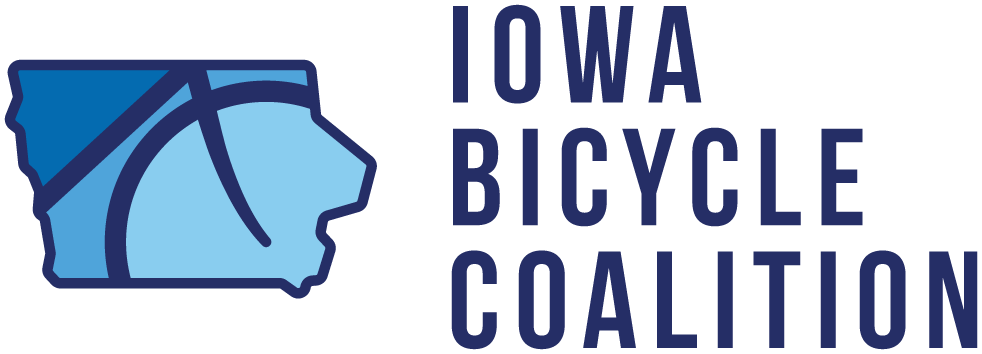Following the Condition of the State speech today at the Iowa Capitol, Governor Kim Reynolds released the proposed budget for fiscal year 2019 that included $2.5 million in funding for the State Recreational Trails Program. The governor’s proposal increases the funding for trails by 150%, following a reduction of funding in the 2018 fiscal year to only $1 million.
The State Rec Trails program is funded through the Rebuild Iowa Infrastructure (RIIF) Program, which is the primary funding source for public infrastructure-related expenditures. RIIF is funding through wagering tax receipts. although much of the wagering tax receipts pay for debt services and inputs to the general fund. A set aside of remaining wagering taxes are directed towards the RIIF. An often mistaken belief, fuel taxes do not contribute the the State Rec Trails program, as they are constitutionally prohibited from being spent on trail projects.
In October 2017, several projects were awarded funding totaling $1.2 million in the State Recreational Trails program. Over 31 projects totaling over $25 million applied for the program. Funded projects include:
Heritage Trail Bridge 27 Replacement (Dubuque County Conservation Board) $ 113,185
Louisa County Fairground Trailhead and Connection to the Hoover Nature Trail
(Louisa County Conservation Board and Louisa County Trails Council) $ 250,000
Pottawattamie County Trail – Railroad Highway Trail Phase II (Pottawattamie
County Conservation Board and Pottawattamie County Trail Association) $ 400,082
Raccoon River Valley Trail to High Trestle Trail Phase I Construction (Dallas
County Conservation Board) $ 366,000
Wapsipinicon Trail – Phase I (Jones County and Anamosa) $ 139,000
More information on the program including application procedures and past awards are available through the Iowa DOT office of Systems Planning at https://iowadot.gov/systems_planning/grant-programs/federal-and-state-recreational-trails
The governor’s proposal is considered by the Iowa Legislature, who may fund the program at the proposed level, but may choose to funding the program over or under the proposed level.

